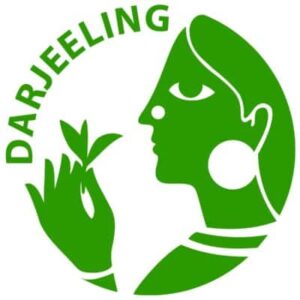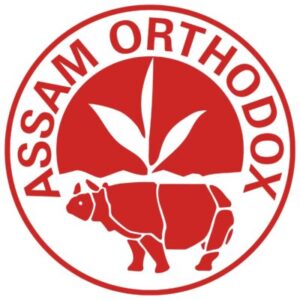Your basket is currently empty!
Geographical Indication for Tea
Geographical Indication for Tea: aiming to protect consumers and producers of unique teas
 Geographical Indication (GI) is recognised by various bodies and applies to products and their processes of production uniquely associated with a designated area such as Champagne, Roquefort, Cornish Pasties and Melton Mowbray Pork Pies. Geographic Indication for tea is established and becoming more widespread.
Geographical Indication (GI) is recognised by various bodies and applies to products and their processes of production uniquely associated with a designated area such as Champagne, Roquefort, Cornish Pasties and Melton Mowbray Pork Pies. Geographic Indication for tea is established and becoming more widespread.
GI status was awarded to Darjeeling by the World Trade Organisation (WTO) in 2004 and was the first claimed by India as a member of the WTO. In 2011 The European Union granted PGI status to Darjeeling. At this time four times the actual production of Darjeeling teas was being sold as Darjeeling so measures had to be taken to protect the special taste characteristics, limited production and high production costs of Darjeeling teas.
The Tea Board of India has created logos to identify their teas throughout distribution, guaranteeing their provenance and standards of production for this tea type. In addition to Darjeeling, logos have been created by them for Assam and Nilgiri teas amongst a few other less well known GIs.
Adulteration had been a significant problem but now for teas to be sold as Darjeeling they must be entirely sourced from the Darjeeling area and at least one of the stages of production based there. Darjeeling is located in West Bengal, northern India and is noted for its uniquely muscatel character.
The total area under tea production in Darjeeling is 19,500 hectares. In 2011 total production was around ten million kilograms with demand growing at about 3% each year. 60% production is sold in Europe. 87 gardens approved by the EU all produce traditionally made orthodox teas.
The EU’s more stringent Protected Designation of Origin (PDO) requires that a food or drink’s constituents and all stages of production must take place within the designated geographic area. China’s famous green Dragon Well (Long Jing) tea has been awarded this status.
Post Brexit, as at 31st December 2020, the UK and the EU mutually recognise GIs granted at the time within each territory. In the UK, after this date, new GIs will be managed by the Department for Environment, Food and Rural Affairs (DEFRA) using the logos shown to the right.
As the most prominent tea area which has sought GI status, why did Darjeeling seek protection? According to the Darjeeling Tea Association:
Due to the unique and complex combination of agro-climatic conditions Darjeeling tea has a distinctive and naturally occurring quality and flavour which has won the patronage and recognition of discerning consumers all over the world for well over a century.
They see Geographic Indication for tea as necessary due to adulteration, to better communicate the quality of Darjeeling tea and to help overcome damage to its reputation caused by unscrupulous traders passing-off other teas as Darjeeling.
In the United States GIs are protected by their trade marking legislation. Darjeeling tea has been protected there since 1988. Sri Lanka similarly holds US trademarks for each of their principal tea producing areas. For China Long Jing and Pu-erh teas are protected.
Courts worldwide are increasingly committed enforcement of GI status as first established by the WTO 1995 TRIPS agreement on protection of intellectual property and to issue sanctions to organisations that break the commitments made. The objective of enforcing GI status is to strengthen the geographic definition and related unique product characteristics thereby improving consumer confidence in the quality and characteristics of the products they purchase and to improve and protect market pricing for the producers.
The challenge for owners of protected rights is to extend and police GIs through the distribution chain to ensure that the ultimate retail consumer is given the confidence that they are consuming the products they intended to purchase and enjoy these unique characteristics.
See our black teas from Darjeeling, Assam and Nilgiri .
Read our information page on Where is Tea Grown?

